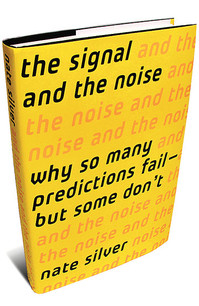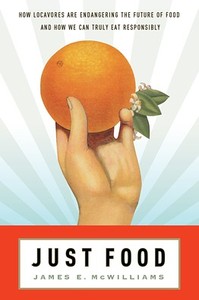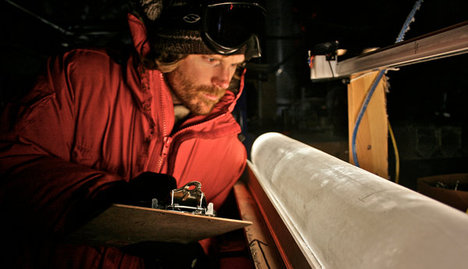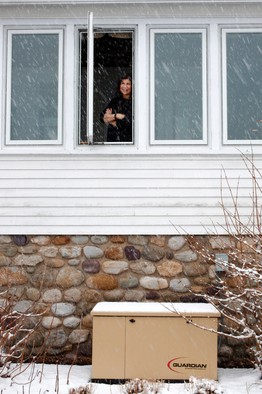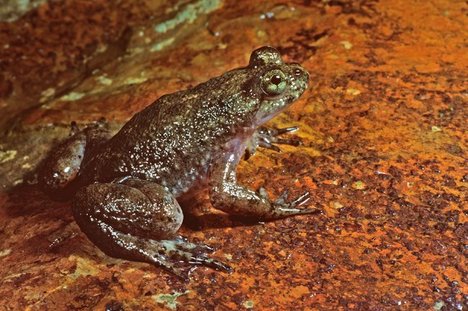(p. D1) Since 1896, scientists have been trying to answer a deceptively simple question: What will happen to the temperature of the earth if the amount of carbon dioxide in the atmosphere doubles?
Some recent scientific papers have made a splash by claiming that the answer might not be as bad as previously feared. This work — if it holds up — offers the tantalizing possibility that climate change might be slow and limited enough that human society could adapt to it without major trauma.
. . .
In 1979, after two decades of meticulous measurements had made it clear that the carbon dioxide level was indeed rising, scientists used computers and a much deeper understanding of the climate to calculate a likely range of warming. They found that the response to a doubling of carbon dioxide would not be much below three degrees Fahrenheit, nor was it likely to exceed eight degrees.
In the years since, scientists have been (p. D6) pushing and pulling within that range, trying to settle on a most likely value. Most of those who are expert in climatology subscribe to a best-estimate figure of just over five degrees Fahrenheit.
. . .
What’s new is that several recent papers have offered best estimates for climate sensitivity that are below four degrees Fahrenheit, rather than the previous best estimate of just above five degrees, and they have also suggested that the highest estimates are pretty implausible.
Notice that these recent calculations fall well within the long-accepted range — just on the lower end of it.
For the full story, see:
JUSTIN GILLIS. “BY DEGREES; A Change in Temperature.” The New York Times (Tues., May 14, 2013): D1 & D6.
(Note: ellipses added.)
(Note: the online version of the article has the date May 13, 2013.)


